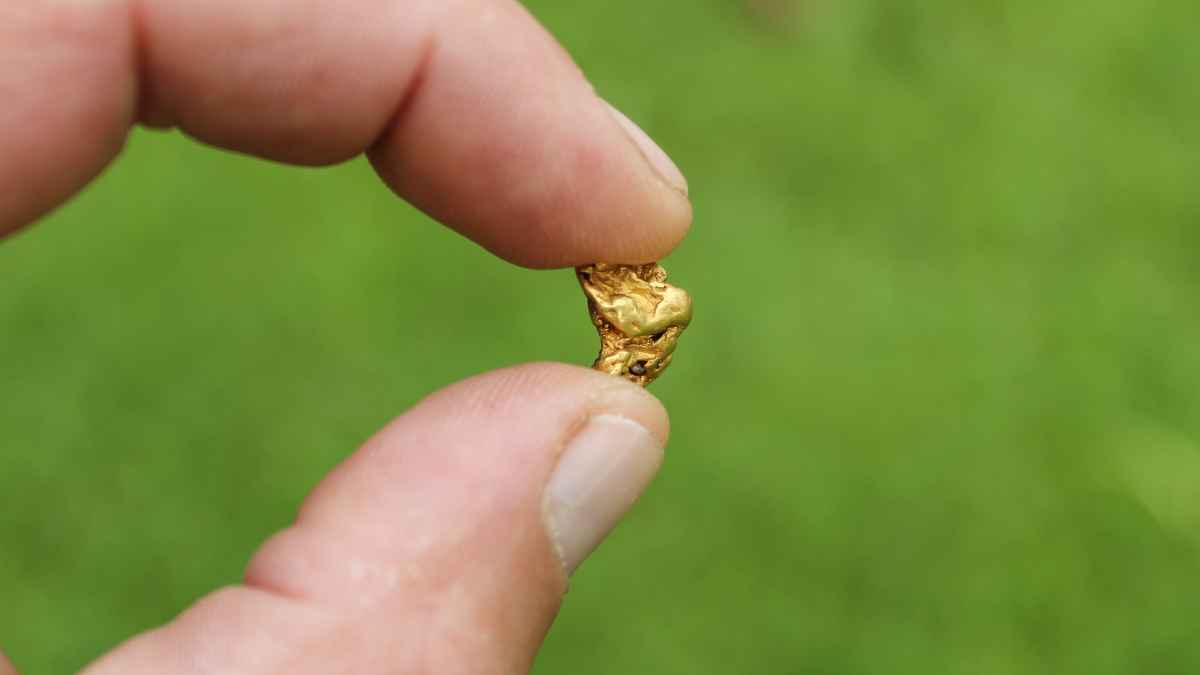Researchers reveal how a simple sponge recovers precious metals from discarded gadgets.
Most people toss their outdated smartphones and laptops without giving them a second thought. Yet, scientists from ETH Zurich in Switzerland have uncovered an eco-friendly process that extracts up to 450 milligrams of 22-carat gold from just 20 ordinary circuit boards. This surprising breakthrough demonstrates how a byproduct of cheese production can help curb electronic waste and recover valuable metals.
Why do so many people discard electronic devices without realizing the value?
Electronic waste, or e-waste, is growing at an alarming rate as consumers upgrade to newer models. Did you know a single ton of e-waste can hold more gold than traditional gold ore mining? Still, a vast amount of these precious metals end up in landfills because most people are unaware of what their old devices truly contain. The traditional extraction methods also involve toxic chemicals like cyanide or mercury, leading many recyclers to shy away from the costly and harmful process.
Are you one of those who unknowingly throw away gold? If the answer is yes, you’re not alone. This global habit explains why more than 50 million tons of e-waste are generated each year.
How a cheese byproduct recovers 450 milligrams of 22-carat gold from circuit boards
A research team at ETH Zurich discovered that whey protein—a substance left over from cheese production—can form a sponge-like material that binds tightly to gold ions. The process begins by dissolving the metals from discarded circuit boards, allowing the sponge to attract and capture the gold. Next, a heat treatment converts these ions into solid gold nuggets of remarkable purity. Below is a quick comparison of why this method is making headlines:
| Traditional Gold Extraction | Cheese-Based Gold Extraction |
|---|---|
| Relies on toxic chemicals | Uses an eco-friendly protein sponge |
| Generates hazardous waste | Minimizes environmental impact |
| High energy consumption | Relatively lower resource costs |
As the table shows, the cheese-based approach is not only cleaner but also turns a food industry byproduct into a powerful tool for electronics recycling.
Could this sustainable gold extraction approach transform the future of e-waste recycling?
Experts believe so. Since e-waste contains other valuable metals—such as nickel, copper, and palladium—there’s potential to combine multiple recovery methods into a single, more efficient recycling system. By reclaiming these resources, industries can reduce dependence on harmful mining and move closer to a circular economy, where materials stay in use for as long as possible.
Wondering if you can just dip your old phone in cheese? The answer is no. This technique requires specialized processes to safely dissolve devices and collect metals. However, researchers hope their findings will guide large-scale recycling initiatives, creating a cleaner, more profitable path for dealing with e-waste.
In the end, this innovative solution reminds us that waste often hides unexpected treasures. Who would have thought a leftover product from making cheese could yield shiny new gold nuggets? By supporting sustainable recycling efforts, we might just turn yesterday’s outdated gadget into tomorrow’s precious metal resource.

